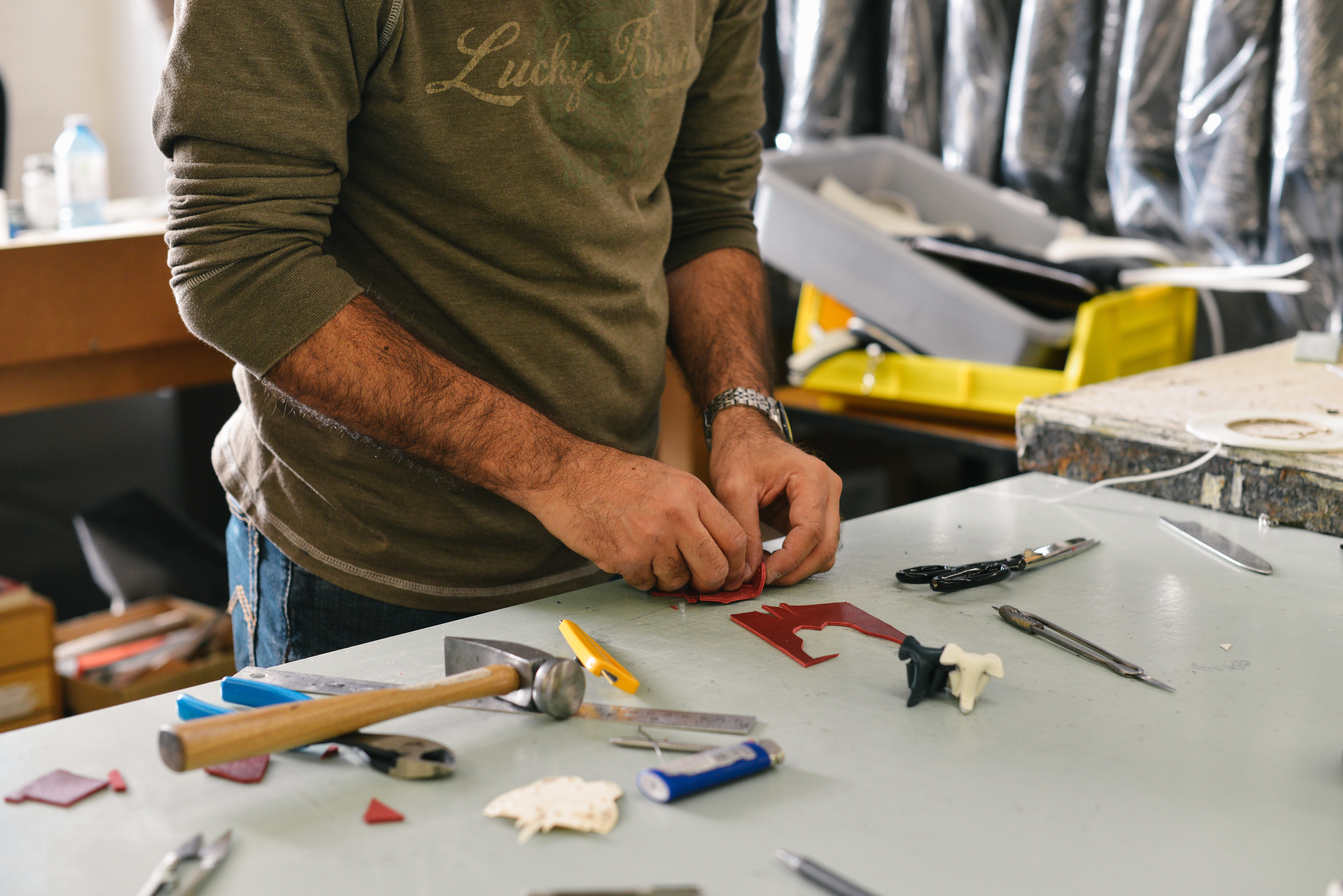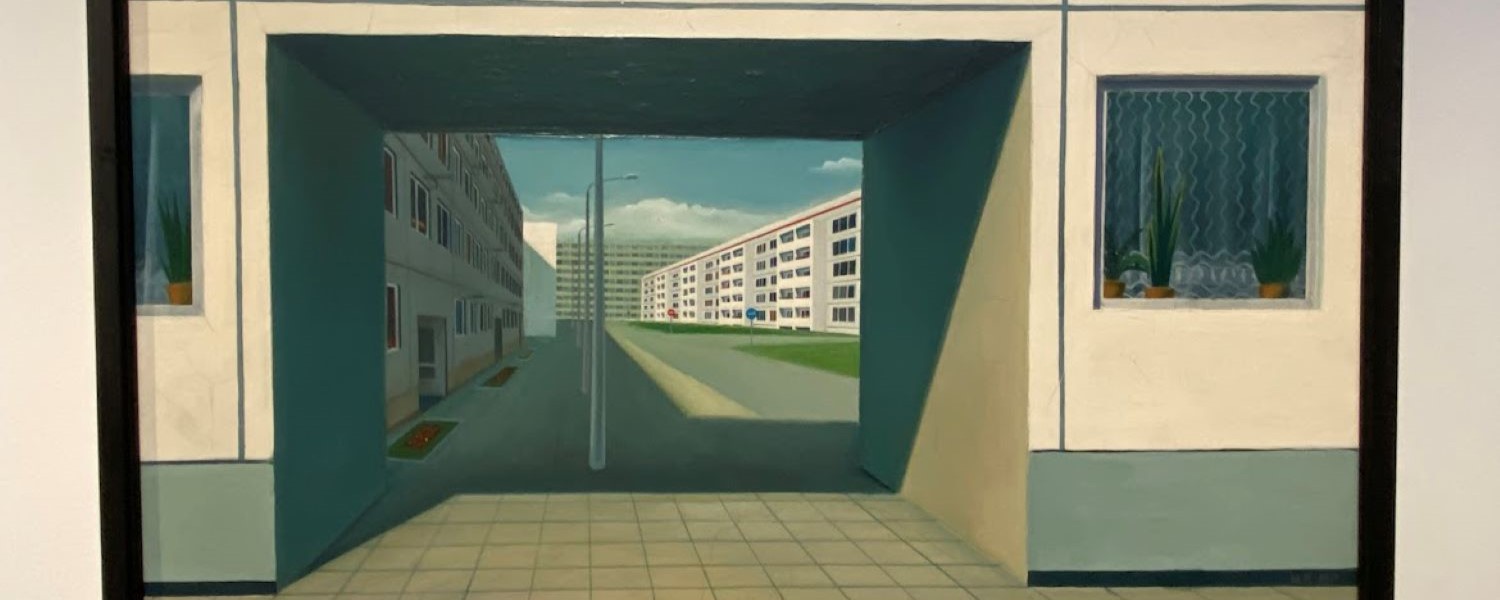Makerspaces, hackerspaces, fab labs, hack labs – the variety of terms can seem a little bewildering at first. Although there may be subtle differences between these, essentially they all share the same key features:
- the provision of a shared space where people can come together to share skills, ideas and equipment
- a focus on informal, peer-led, networked ‘learning by doing’
- an encouraging and inclusive environment, where people of all skill levels are welcome
As well as the names used, makerspaces can also vary widely in terms of their size, the tools offered, and their governance and membership models.
Makerspaces have grown from the increasing popularity of ‘maker culture’ – in which people enjoy designing and creating new objects, as well as tinkering with existing ones. In the UK, the number of makerspaces is growing rapidly – there are currently around 100 – with at least one in nearly every UK city, and at least two in every UK region.
What sort of activities do they include?
Makerspaces most commonly provide access to machinery like 3D printers, electronics, soldering guns, laser cutters, and sewing machines.
However, other activities that makerspaces may facilitate include:
- computer programming
- robotics
- video production
- music making
- print making and photography
- woodworking and wood carving
- ceramics and sculpture
- baking, homebrewing, winemaking, and pickling
- urban agriculture and composting
- handmade cosmetics and perfumes
- hairdressing lessons
- kit cars, vehicle tuning, electric vehicle conversion
Aside from the physical resources, one of the key benefits of makerspaces is that they attract skilled and enthusiastic people who are happy to share their knowledge with others.
Makerspaces within libraries
The makerspace ethos of providing equal access to knowledge resources is not a new concept; libraries have been doing this for many years!
The increasing popularity of makerspaces has led to many forward thinking libraries establishing makerspaces of their own, particularly in the US. One of the first to do this was the Fayetteville Free Library in New York – which has three distinct makerspaces – one lab for digital creation, one for physical creation, and a makerspace for children aged 5-8. It also runs a number of different programmes and clubs for both adults and children.
Makerspaces are also becoming more common within school and academic libraries too.
In the UK, library makerspaces are still in their infancy. However, there are a few notable trailblazers, including:
- the Fab Lab at Exeter Library, which was the first of its kind in the UK
- the revamped Cardiff Central Library, which now provides access to a 3D printer and a digital creation suite, and
- Stirling Libraries’ mobile maker service, which promotes digital creation activities via outreach work with different groups and communities.
Wider benefits of Makerspaces
The main reasons people tend to use makerspaces are for socialising, learning and making. However, there is growing interest among researchers in the wider benefits of makerspaces.
Such community benefits include:
- enabling minorities or underrepresented populations, like women or people with disabilities, to become involved with technology or other fields they may not have previously considered
- tackling social isolation among older people by providing a means for them to connect with others (similar to Men’s Sheds)
- providing a ‘space for communities’ and reinforcing the library’s role as a hub of community activity and information
- ‘crowdsourcing’ community skills and voluntary effort – for example, the E-Nable community where volunteers produce prosthetic limbs for people with disabilities
From an educational perspective, makerspaces in libraries can also help to:
- build links between libraries, schools, colleges and universities
- promote STEM education and careers, particularly among underrepresented groups
- develop students’ critical thinking skills and ability to learn from failure
And for libraries themselves, the provision of makerspaces may help to
- increase footfall, particularly among young people
- position the library as a ‘platform’ where it can be used by the community for a range of different things, beyond traditional book lending
There is also potential for makerspaces to be used by local councils to fill empty shops and attract people back to the high street. For example, South London Makerspace recently received funding from the GLA High Street Fund.
Although there are some issues to address, particularly around encouraging users from diverse backgrounds, makerspaces present a fantastic range of opportunities for encouraging creativity and fostering connections in and between communities.
We regularly blog on community issues such as tackling social exclusion. If you enjoyed this article, read our articles on Men’s Sheds and regenerating High Streets.
And follow us on Twitter to see what developments in public and social policy are interesting our research team.
Share
Related Posts
“Artists have embraced the street and the built environment as integral to their work and practice, individual pieces reflecting context and location as surfaces become living canvases, rehumanizing the urban landscape.” – Asli Aktu: Shaping Places Through Art “In the ....
The World Health Organisation (WHO) has estimated that over 1 billion people are living with some form of disability worldwide – that’s about 15% of the world’s total population. And, with trends in life expectancy and the prevalence of chronic ....
From everyone at The Knowledge Exchange and our parent company Idox, we’d like to wish you a very Happy Christmas, and all good wishes for 2022. The enquiries service of The Knowledge Exchange will close on 24 December, and reopen ....


